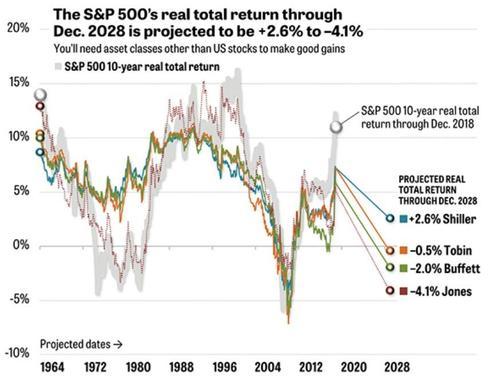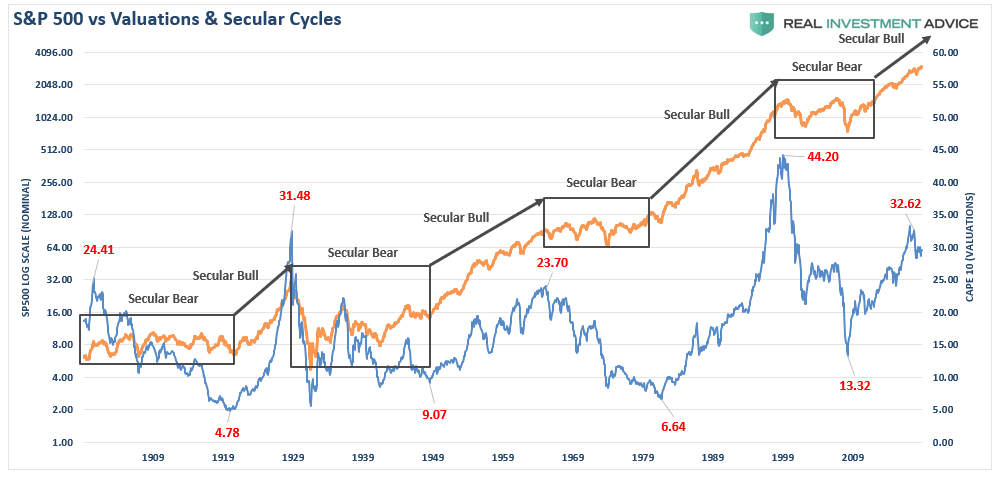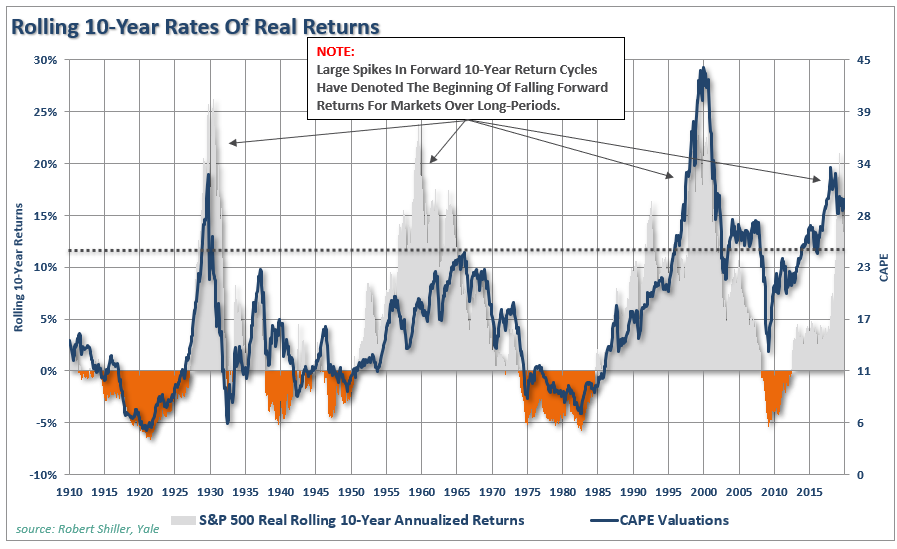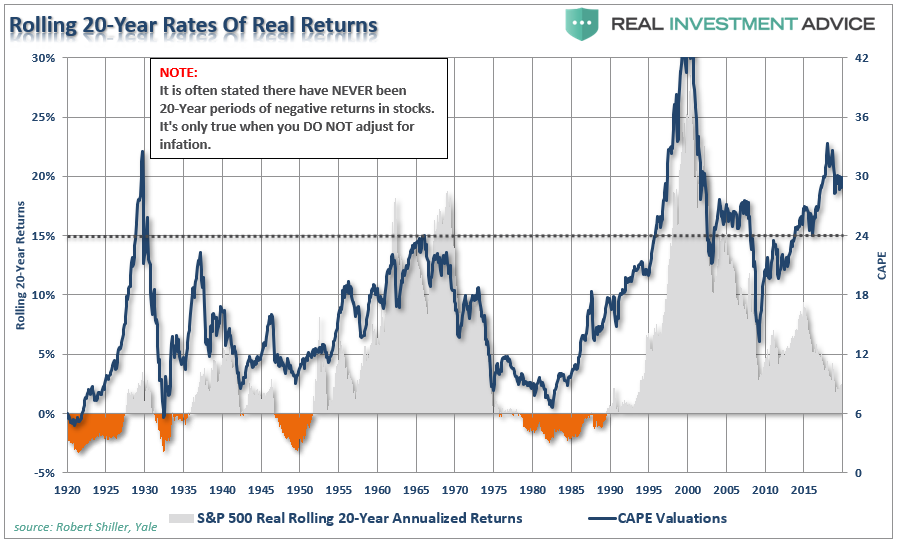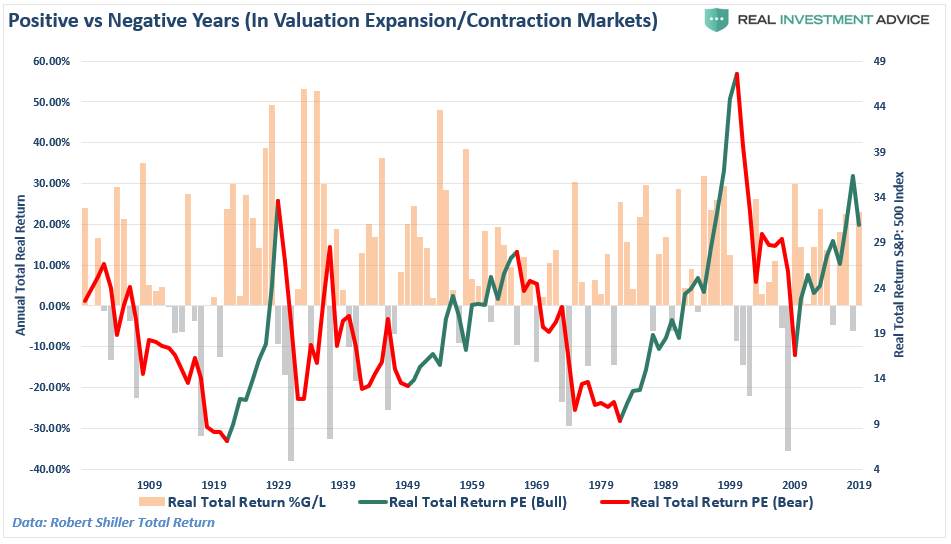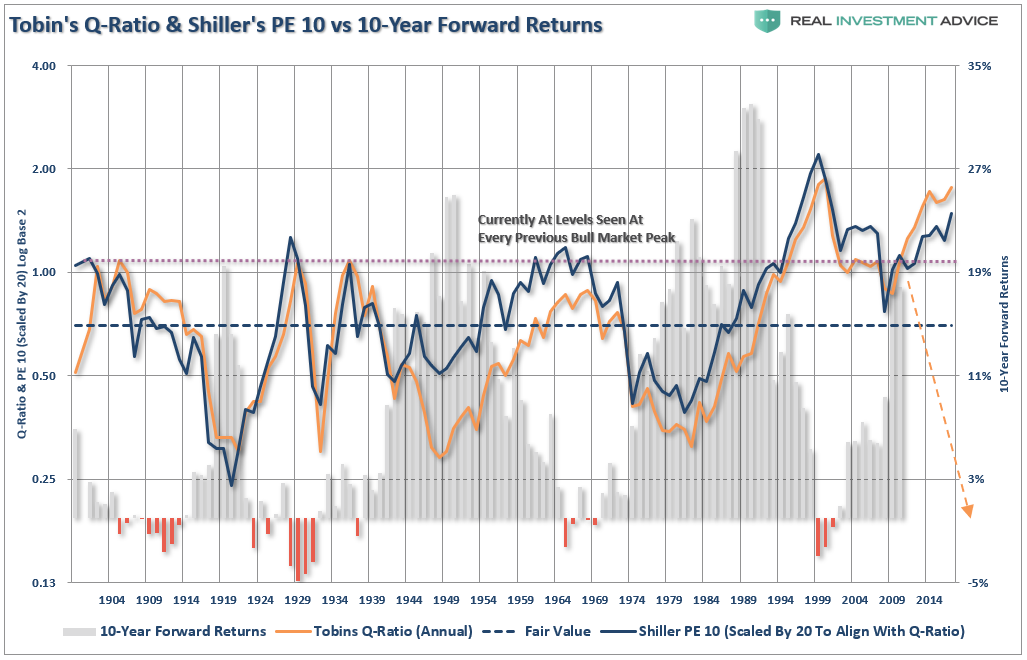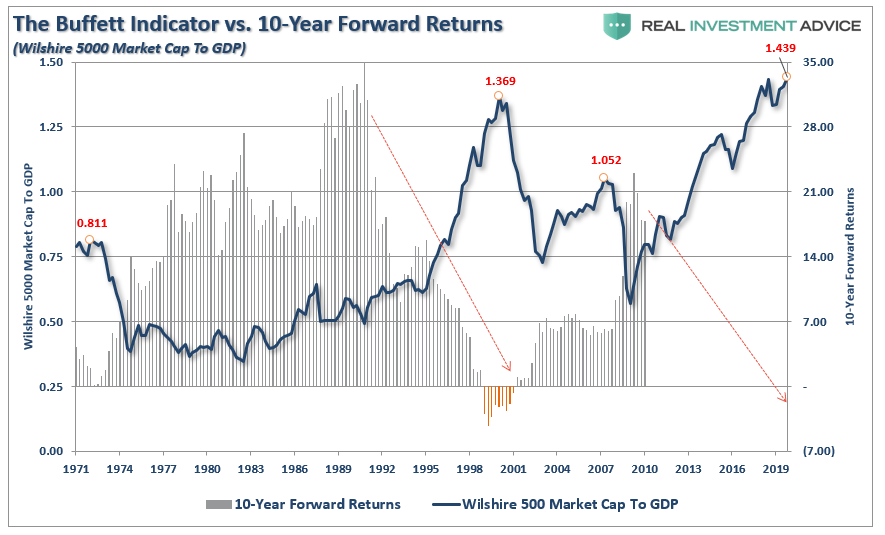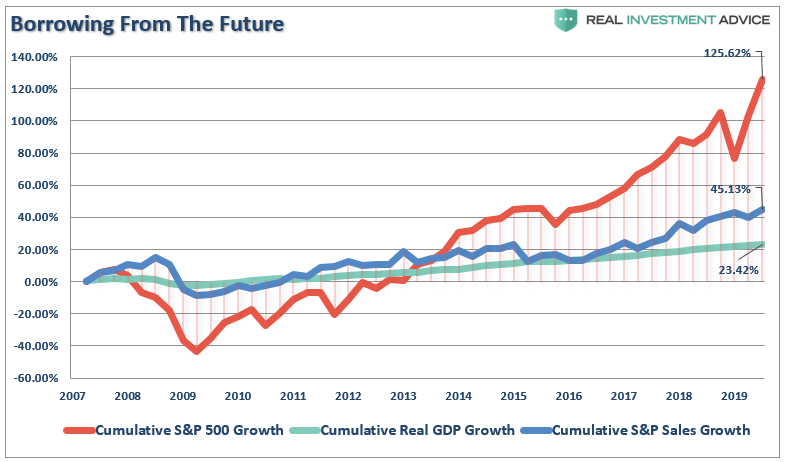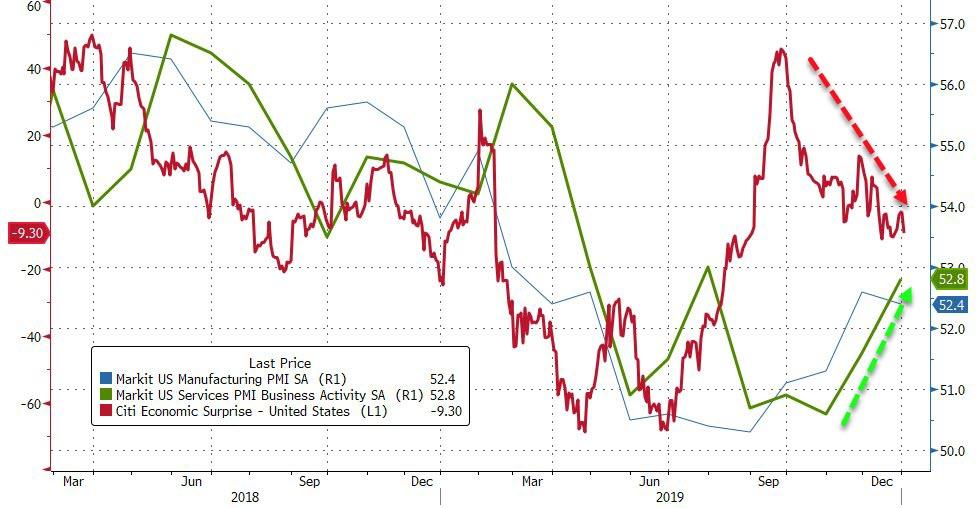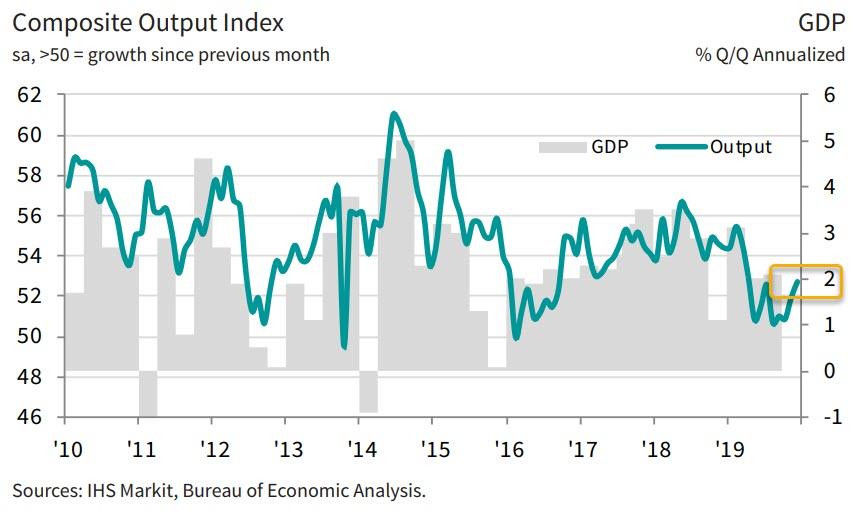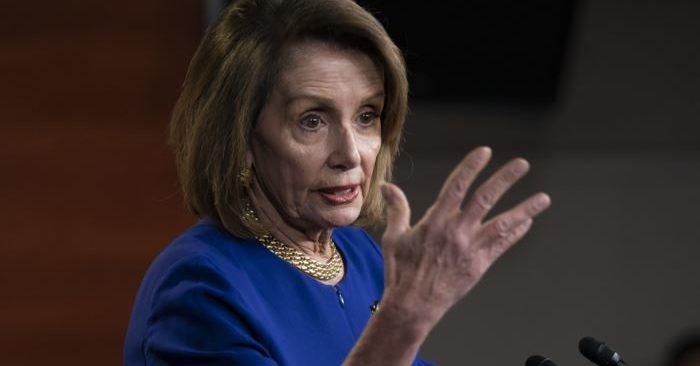It’s not news that most judges balk at the prospect of jury nullification—the right and power of juries to bring “not guilty” verdicts when defendants violate laws that jurors consider unjust or wrongly applied. It is news when judges take a high-profile slap at a colleague who endorsed jury nullification in his own courtroom. And it’s an even bigger deal when they barely assemble a majority to join in the public shaming.
That’s exactly what happened last month when a divided three-judge panel of the U.S. Second Circuit Court of Appeals rebuked U.S. District Judge Stefan Underhill, who presided over what he called “a shocking case” in his court “that calls for jury nullification.”
The prosecution that shocked Underhill was a dubious federal “child pornography” case growing out of a state statutory rape case. It was summarized by the feds themselves in a U.S. Attorney’s Office press release, which alleges that defendant Yehudi Manzano “sexually assaulted a 15-year-old female victim in Connecticut, video recorded the assault with his cell phone, and uploaded the video to his Google account.”
“The only people who ever saw it were the guy who made it, the girl who was in it, and the federal agents,” Norman Pattis, Manzano’s attorney, told me about the video.
How did the feds get jurisdiction in what would normally be a state criminal case?
The feds chose to pile on a questionable prosecution for acts already being addressed in the state courts. “Apparently, the mere fact that the recording equipment was manufactured outside Connecticut is sufficient to meet the interstate commerce requirement of the [child pornography] statute,” as Judge Underhill marveled.
You would think a federal judge would have learned by now that the mere invocation of “interstate commerce” is the legal equivalent of muttering “Beetlejuice” three times, causing federal lawyers in ill-fitting suits to materialize amidst clouds of sulfurous smoke.
And materialize they did, with high stakes for the defendant.
“The charge of production of child pornography carries a mandatory minimum term of imprisonment of 15 years and a maximum term of imprisonment of 30 years, and the charge of transportation of child pornography carries a mandatory minimum term of imprisonment of five years and a maximum term of imprisonment of 20 years,” the U.S. Attorney’s press release notes.
Such a sentence would be in addition to the one to 20 years in prison faced by Manzano for sexual assault in the second degree, a class B felony in Connecticut, for sex with a 15-year-old who was legally incapable of consenting to the relationship.
Manzano’s attorneys argued that the feds were overreaching and that their client should be allowed to inform the jury of the potential sentence and argue for jury nullification. Judge Underhill agreed.
“This is a shocking case,” Underhill wrote. “This is a case that calls for jury nullification. … I am absolutely stunned that this case, with a 15‐year mandatory minimum, has been brought by the government. … I am going to be allowed no discretion at sentencing to consider the seriousness of this conduct or the lack or seriousness of this conduct, and it is extremely unfortunate that the power of the government has been used in this way, to what end I’m not sure.”
Prosecutors promptly filed an emergency motion seeking a writ of mandamus—an order from a higher court that would bar Judge Underhill from permitting the defense to inform the jury of the potential sentence and to argue in favor of jury nullification.
Given the judicial system’s strong aversion to loosening the puppet strings judges and prosecutors routinely fasten on jurors, it’s no surprise that two of the three appeals court judges hearing the case sided with the prosecution.
“Our case law is clear: ‘it is not the proper role of courts to encourage nullification,'” Judge Richard J. Sullivan wrote in a ruling joined by Judge Denny Chin “As a practical matter, there is no meaningful difference between a court’s knowing failure to remove a juror intent on nullification, a court’s instruction to the jury that encourages nullification, and a court’s ruling that affirmatively permits counsel to argue nullification.”
The appeals court did not agree to bar Underhill from allowing sentencing information to be presented to the jury, since there are potentially grounds other than nullification that could justify its introduction.
More surprising is that the decision was close, with Judge Barrington D. Parker opposing writs of mandamus regarding both sentencing and jury nullification.
“An especially unsettling aspect of this case is that the record the prosecution presented to the District Court and to this Court is barren of anything that would explain, much less justify, the prosecutors’ decision to file the most serious child pornography charges available to them against a man who made a single video which no one else ever saw and which he then attempted to erase,” Judge Parker argued in his dissent.
“Faced with the Government’s charging decision, Judge Underhill could, I suppose, have acquiesced in whatever the prosecutors wanted,” Parker continued. “But he is not a piece of Steuben glass. Instead, witnessing what he perceived to be abuse, he pushed back. I believe that most conscientious jurists would have done the same. I have no difficulty concluding that Judge Underhill was right to do so. … I respectfully dissent from the majority’s grant of a writ directing the District Court to allow no arguments for jury nullification.”
Those are strong words. But, since they’re on the losing side, Manzano won’t be allowed to argue in his defense in favor of jury nullification. His trial will feature jurors informed that they must abide by the federal government’s legal-contortionist interpretation of the law—though they may be told about the draconian potential sentences in the case.
But Judge Parker’s dissent, following Judge Underhill’s willingness to entertain jury nullification arguments in his court, have provided dramatic fodder for headlines. A public pissing match between federal prosecutors and judges features in news stories exposing the public to judges’ doubts about the wisdom and humanity of the criminal justice system.
An appeals court decision allowing Manzano to argue in favor of jury nullification would have been a better outcome in this case—short of the feds entirely leaving the matter to the state. But despite the loss, we’re getting an eyeful of how the system works, and how responsible jurors can bring otherwise-lacking judgment and mercy to courtrooms.
from Latest – Reason.com https://ift.tt/39Tixr4
via IFTTT


